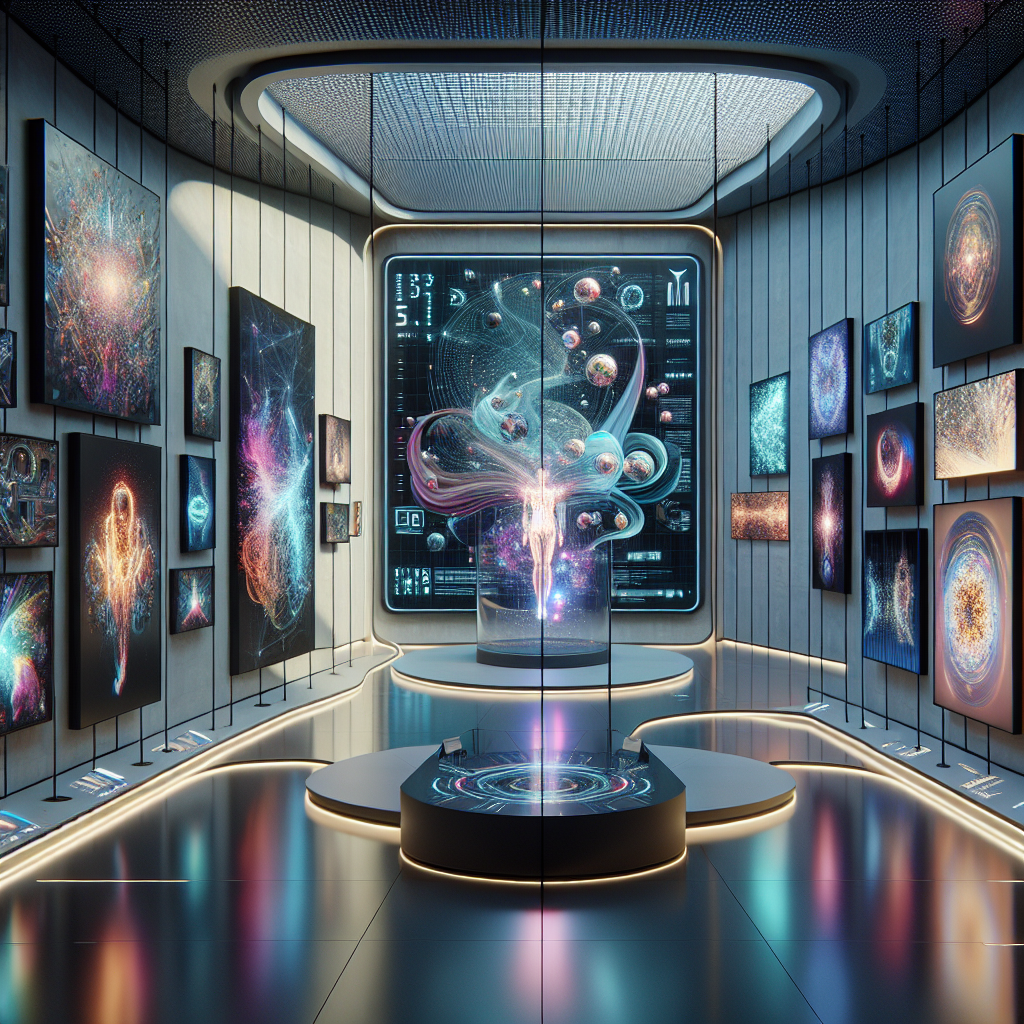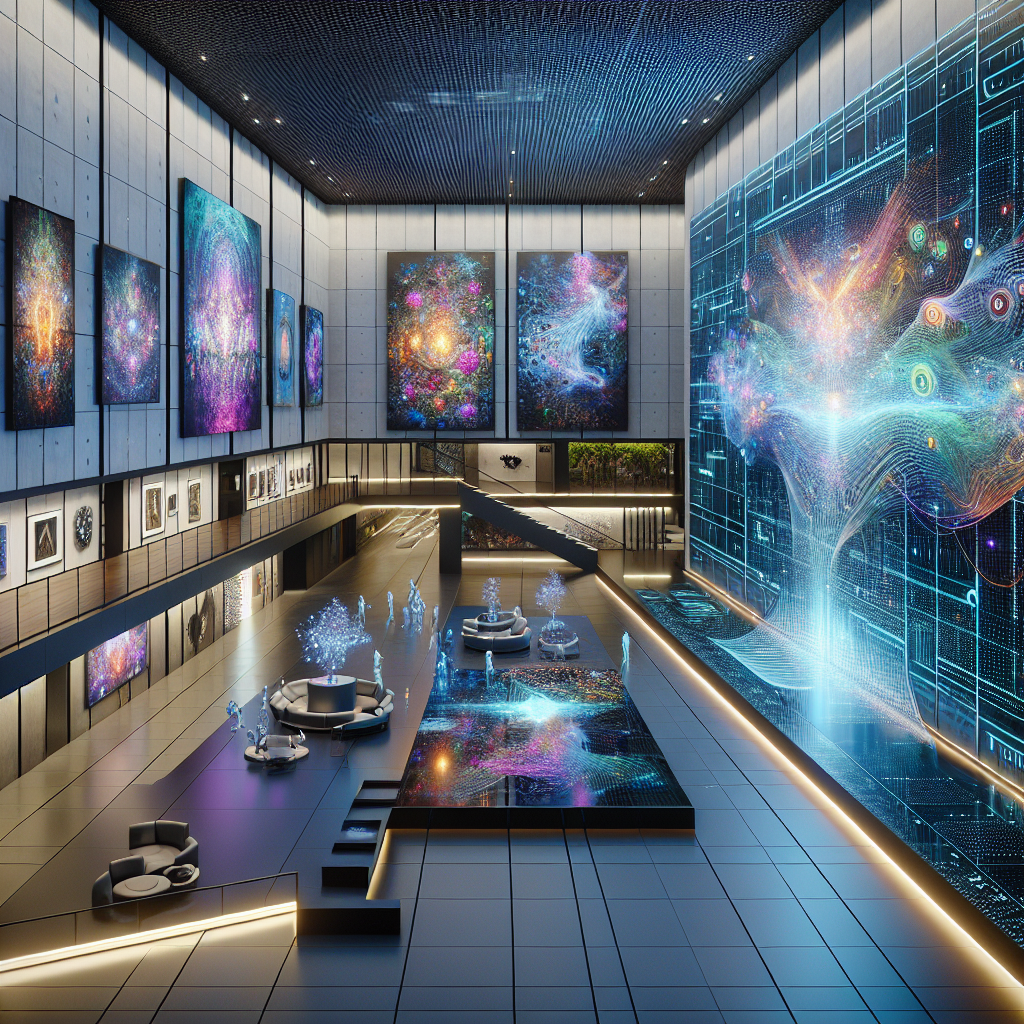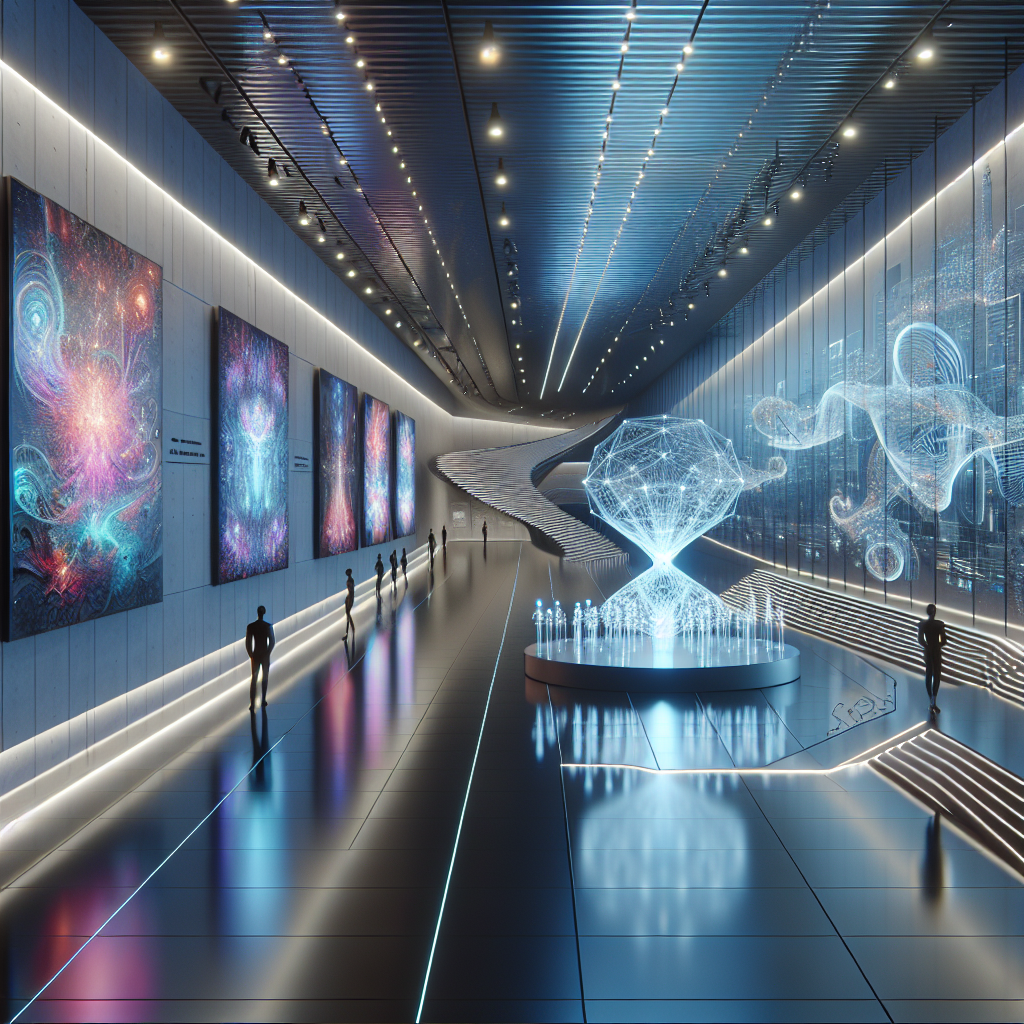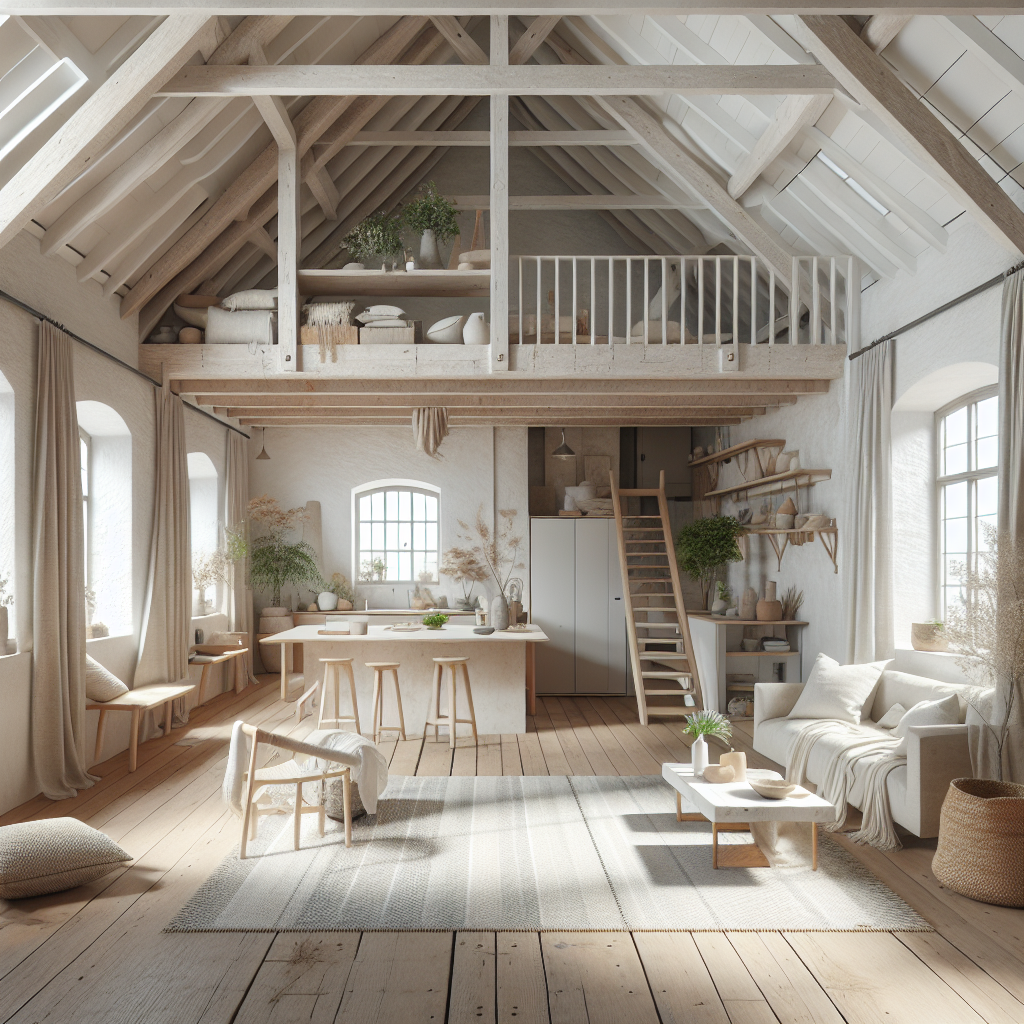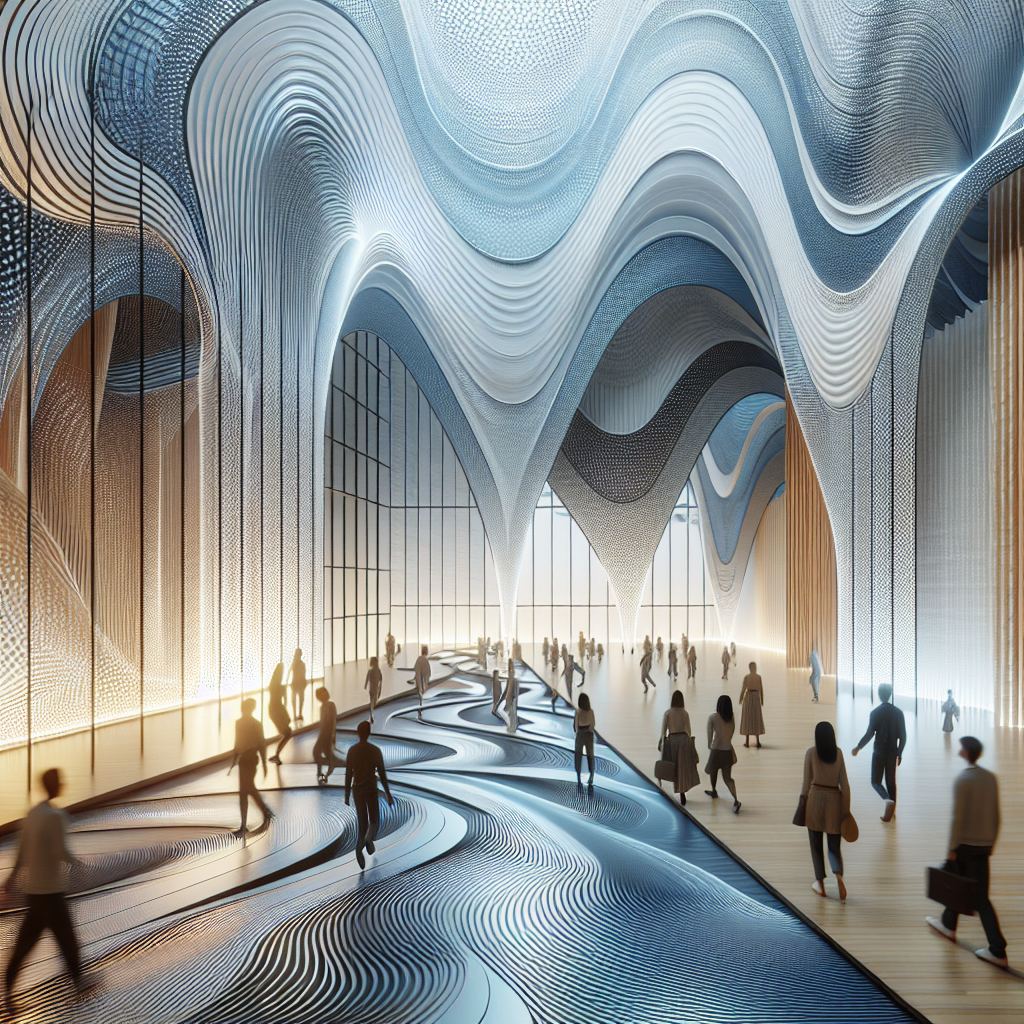AI Art: How Artificial Intelligence is Transforming the Art World
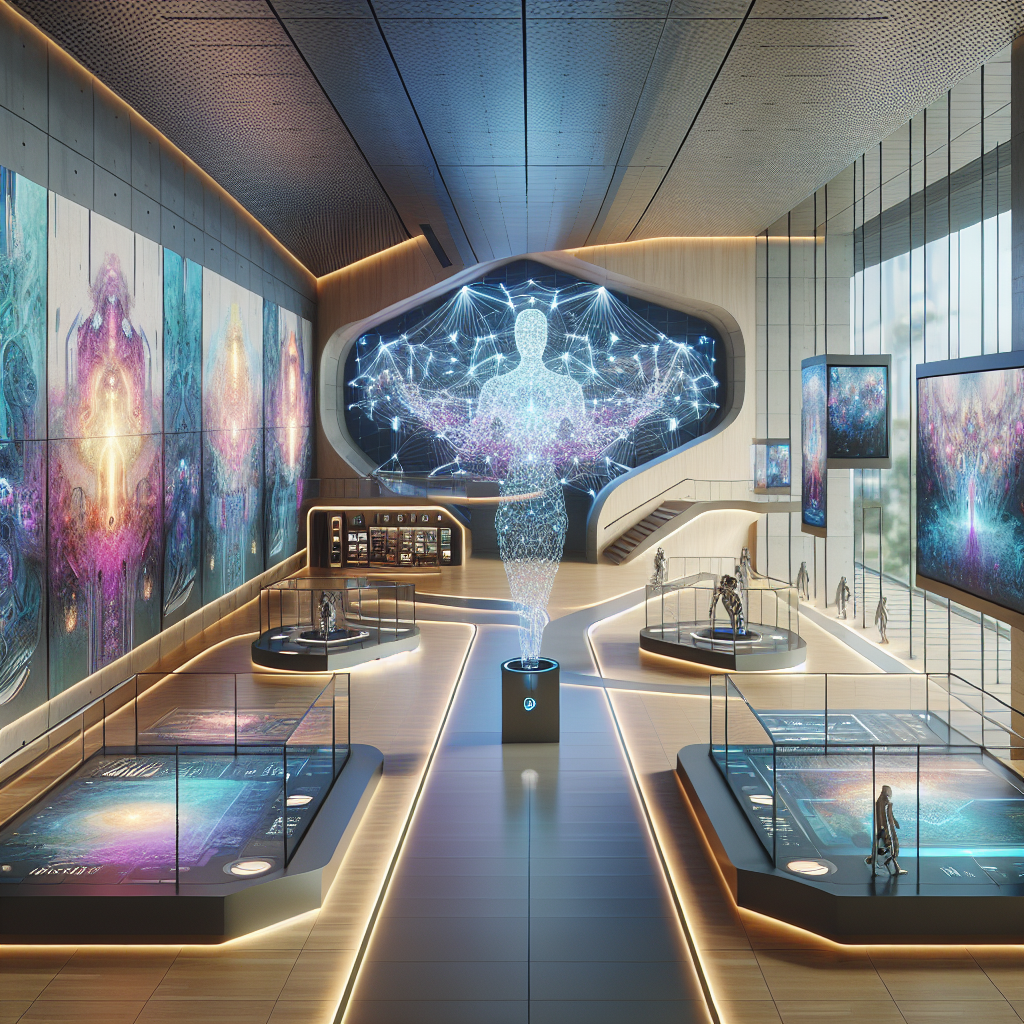
AI Art: How Artificial Intelligence is Transforming the Art World
In the luminous halls of contemporary galleries and the sleek interiors of design studios, a new kind of artist is emerging—one that requires neither brush nor chisel, but rather algorithms and neural networks. Artificial Intelligence (AI) art, a phenomenon that was once relegated to the fringes of creative experimentation, has rapidly ascended to the forefront of the art and design worlds. This technological evolution is not merely altering the aesthetics of art but profoundly reshaping how architects, designers, and artists conceptualize and create.
The Rise of AI in Artistic Expression
Artificial Intelligence, particularly through generative models like Generative Adversarial Networks (GANs) and Stable Diffusion, has become a powerful tool in the creative process. These sophisticated algorithms can analyze vast datasets of images, patterns, and styles, then generate entirely original works that echo human creativity. For design professionals, this means unprecedented access to novel visual inspirations, enabling architects and interior designers to explore innovative aesthetics previously unimagined.
Take, for instance, the groundbreaking AI-generated portrait “Edmond de Belamy,” which sold at Christie’s auction house for an astonishing $432,500 in 2018. This sale marked a turning point, signifying AI art’s legitimacy within traditional art markets. Today, AI-driven creations are not just confined to canvas but extend into immersive installations, architectural visualizations, and interactive interiors.
Architectural Innovation through AI
In architecture, AI’s transformative potential is evident in parametric and generative design processes. By leveraging AI algorithms, architects can explore complex forms and structural possibilities that human intuition alone might overlook. For example, the rise of parametric design has allowed for the creation of fluid, organic structures reminiscent of natural forms, pushing the boundaries of conventional architectural aesthetics.
One compelling example is the innovative use of AI in designing wooden skyscrapers, as explored in the article on wooden skyscrapers. AI-driven structural analyses enable architects to optimize timber construction, creating sustainable, visually striking high-rise buildings that blend seamlessly with urban landscapes.
Interior Design Reimagined
Interior designers are equally embracing AI to craft spaces that resonate deeply with human emotions and experiences. AI algorithms can analyze psychological responses to color, texture, and spatial arrangements, enabling designers to create interiors that evoke specific moods or enhance well-being. This aligns closely with the principles of biophilic design, which emphasizes human connection to nature through thoughtful design.
Imagine entering a boutique hotel lobby where AI-generated art installations subtly shift colors and patterns in response to guests’ movements, creating a dynamic and personalized atmosphere. Such interactive installations exemplify how AI can transform static spaces into engaging, responsive environments, redefining the relationship between people and interiors.
AI Art in Public Spaces
Public art installations have long been instrumental in shaping urban identity and community engagement. With AI, these installations become even more interactive and contextually responsive. Cities worldwide are incorporating AI-driven public art to enhance urban aesthetics and foster social interaction. For instance, architectural projections using AI-generated visuals illuminate building facades, creating mesmerizing displays that captivate passersby and invigorate cityscapes.
In Paris, preparations for the 2024 Summer Olympic Games have included AI-driven public art projects designed to engage both residents and visitors, transforming the city into a vibrant canvas of innovation and creativity.
Ethical and Philosophical Considerations
Despite its immense potential, AI art raises profound ethical and philosophical questions. Central among these is the issue of authorship and originality. Can an AI-generated artwork be genuinely original, or is it merely an amalgamation of existing human-created data? Furthermore, who holds the rights to these creations—the programmer, the user, or the AI itself?
These questions are not merely academic; they have tangible implications for intellectual property rights, artistic recognition, and market valuation. As AI continues to permeate the creative industries, establishing clear ethical guidelines and legal frameworks becomes increasingly critical.
The Future of AI in Art and Design
Looking ahead, AI’s role in art and design is poised to expand exponentially. Innovations such as neural style transfer, where AI applies the stylistic features of one image onto another, promise exciting possibilities for designers seeking fresh inspirations. Additionally, advancements in augmented reality (AR) and virtual reality (VR), as detailed in the exploration of augmented reality in design, will further blur the lines between digital and physical realms, offering immersive experiences that redefine artistic engagement.
Moreover, AI’s integration with sustainable design practices, such as those discussed in zero-waste architecture, demonstrates its potential to contribute meaningfully to environmental responsibility within creative industries.
Embracing AI as a Collaborative Partner
Ultimately, the most compelling vision for AI in art and design is not as a replacement for human creativity but as a collaborative partner that amplifies and enriches it. By embracing AI’s capabilities, designers and architects can push creative boundaries, explore new aesthetic territories, and craft experiences that resonate deeply with audiences.
As AI continues to evolve, its integration into the art and design worlds will undoubtedly yield unexpected innovations and inspire new dialogues about creativity, authenticity, and human expression. For design professionals and enthusiasts alike, the future promises a fascinating journey into uncharted artistic realms, guided by the ever-expanding potential of artificial intelligence.
Conclusion: A New Artistic Renaissance
Artificial Intelligence is not merely a technological tool; it represents a paradigm shift in how we conceive, create, and experience art and design. From architectural marvels to emotionally resonant interiors, AI’s transformative influence is undeniable. As we navigate this exciting frontier, the synergy between human creativity and artificial intelligence promises to usher in a new artistic renaissance, redefining the very essence of creativity itself.
In embracing AI, we are not surrendering our creative autonomy but rather expanding the horizons of possibility, exploring realms of imagination previously inaccessible. The art world stands at the threshold of a thrilling evolution, where technology and creativity converge to redefine what it means to create.
The future of art and design is here, and it is beautifully intelligent.
